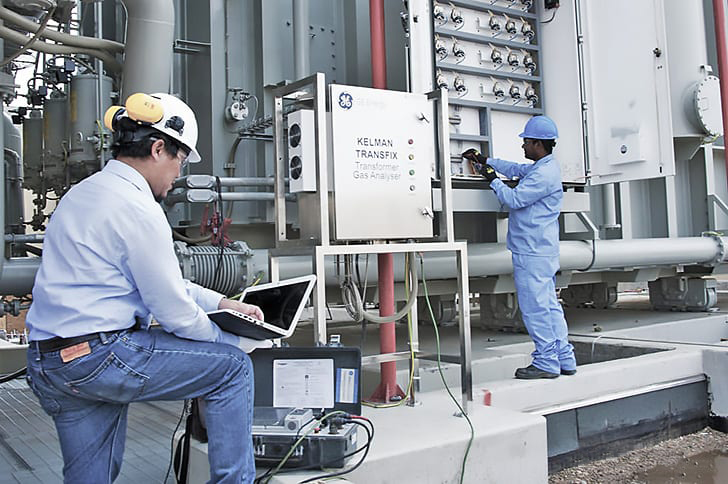Experience Seamless Project Execution: Engineering Support for Setting Out Engineer Services, Topographical Surveying, and Much more
Experience Seamless Project Execution: Engineering Support for Setting Out Engineer Services, Topographical Surveying, and Much more
Blog Article
Optimizing Land Usage Planning With Comprehensive Evaluating Solutions
In the world of land usage planning, the assimilation of extensive evaluating remedies stands as a crucial instrument in fostering educated sustainable and decision-making advancement techniques. By utilizing advanced modern technologies customized for specific information collection and evaluation, professionals in the field can browse intricacies in website recognition, source appropriation, and ecological considerations with improved precision and effectiveness (setting out engineer services). The optimization of land usage preparing through surveying solutions is not without its challenges, motivating the expedition of ingenious methods to improve processes and remove useful insights for tactical development campaigns. As we dive deeper right into the detailed internet of elements influencing land use, the value of thorough checking remedies arises as a keystone in forming the landscapes of tomorrow.
Importance of Comprehensive Checking Solutions

Comprehensive checking options enable coordinators to assess the suitability of land for numerous purposes, identify prospective threats or constraints, and style sustainable development methods - Engineering surveys. By integrating precise study data into land use plans, authorities can make sure reliable usage of resources, lessen environmental effect, and advertise lasting economic development
Furthermore, detailed evaluating remedies facilitate stakeholder engagement and collaboration by visualizing proposed land use modifications and enabling responses prior to execution. This aggressive strategy improves openness, fosters community trust fund, and eventually causes more successful land use preparation results. Fundamentally, the relevance of thorough surveying solutions can not be overemphasized in the world of efficient land use planning.
Advanced Technologies for Land Use Preparation
Utilizing innovative technologies boosts the precision and effectiveness of land use preparation procedures. Advanced modern technologies such as Geographic Details Systems (GIS), LiDAR (Light Discovery and Ranging), and remote sensing play a vital role in contemporary land use planning.
In Addition, Structure Info Modeling (BIM) makes it possible for planners to produce 3D versions of structures and facilities, facilitating much better visualization and preparation of land usage projects. Expert System (AI) algorithms can evaluate huge amounts of information to forecast future land use patterns and enhance preparation strategies. Additionally, advanced surveying devices like drones outfitted with high-resolution video cameras and LiDAR sensors can promptly evaluate large areas with precision, minimizing time and costs related to typical surveying methods. Incorporating these sophisticated innovations right into land usage preparation procedures can cause more efficient and sustainable city development.
Conquering Obstacles in Site Recognition

Furthermore, conflicting passions amongst stakeholders, such as developers, conservationists, and neighborhood communities, can make complex the site recognition process. To browse this challenge, organizers must help with open communication, partnership, and negotiation to get to consensus on the most effective land usage methods that straighten with the demands of all events entailed.
Additionally, regulatory difficulties, zoning limitations, and land utilize plans can additionally hinder the website recognition process. Coordinators require to stay upgraded on pertinent policies, involve with neighborhood authorities, and carry out thorough research to determine websites that meet all legal demands and conformity standards. By proactively attending to these obstacles, land use coordinators can streamline the site recognition procedure and pave the way for efficient land usage preparation campaigns.
Making Best Use Of Efficiency With Evaluating Techniques
Navigating the intricacies of website recognition procedures efficiently lays a structure for making the most of effectiveness with calculated evaluating techniques in land use planning. By employing sophisticated checking tools such as drones, GIS innovation, and 3D laser scanning, land use coordinators can streamline the data collection process, resulting in more precise site assessments and streamlined decision-making. These techniques enable organizers to collect precise topographic information, identify ecological restraints, and analyze land viability with higher speed and accuracy than traditional techniques.
In addition, incorporating checking methods with Geographic Information Equipment (GIS) enables the reliable analysis and visualization of spatial data, assisting in the recognition of optimum land usage situations. By leveraging these tools, planners can maximize land use planning procedures, lessen job timelines, and reduce total expenses. Furthermore, utilizing real-time surveying information allows stakeholders to make informed choices immediately, assisting in efficient communication and cooperation throughout the preparation and growth phases. On the whole, the calculated use of evaluating methods boosts effectiveness, accuracy, and partnership in land usage preparation initiatives.
Decision-Making Insights for Advancement
For effective advancement, obtaining valuable understandings for decision-making is crucial in the world of land use preparation. Decision-making insights play a critical role fit the future of city and rural locations, ensuring sustainable development and effective resource appropriation. Comprehensive checking solutions offer coordinators and designers with the needed data to make enlightened choices that align with the long-lasting goals of a neighborhood.
By leveraging innovative evaluating methods such as airborne studies, GIS mapping, and 3D modeling, stakeholders can visualize the possible influence of development tasks and analyze various scenarios prior to implementation. These insights enable decision-makers to optimize land use, reduce environmental risks, and enhance overall project feasibility.
Moreover, data-driven decision-making supported by surveying solutions helps streamline the preparation procedure, lower unpredictabilities, and rise stakeholder confidence. By incorporating exact study information right into the decision-making process, designers can identify opportunities, mitigate obstacles, and inevitably develop sustainable land usage prepares that benefit both present and future generations. To conclude, decision-making understandings obtained from detailed surveying solutions are important for driving successful and impactful development campaigns.
Verdict
Finally, optimizing land usage planning with thorough surveying solutions is critical for efficient and effective advancement. By using innovative modern technologies and evaluating strategies, obstacles in website recognition can be gotten rid of, causing much better decision-making understandings. This approach optimizes performance and ensures that land resources are utilized in a calculated and lasting manner. It is essential for effective land use planning and development projects.
In the world of land usage preparation, the assimilation of comprehensive checking options stands as an essential tool in promoting informed sustainable and decision-making advancement methods. In essence, the value of detailed evaluating remedies can not be overemphasized in the world of reliable land usage preparation.
By proactively attending to these challenges, land usage coordinators can streamline the site recognition procedure and lead the way for effective land use preparation campaigns.
On the whole, the critical usage of evaluating methods improves performance, accuracy, and partnership in land use planning initiatives.
In verdict, maximizing land usage planning with comprehensive evaluating remedies is critical for reliable and reliable advancement.
Report this page